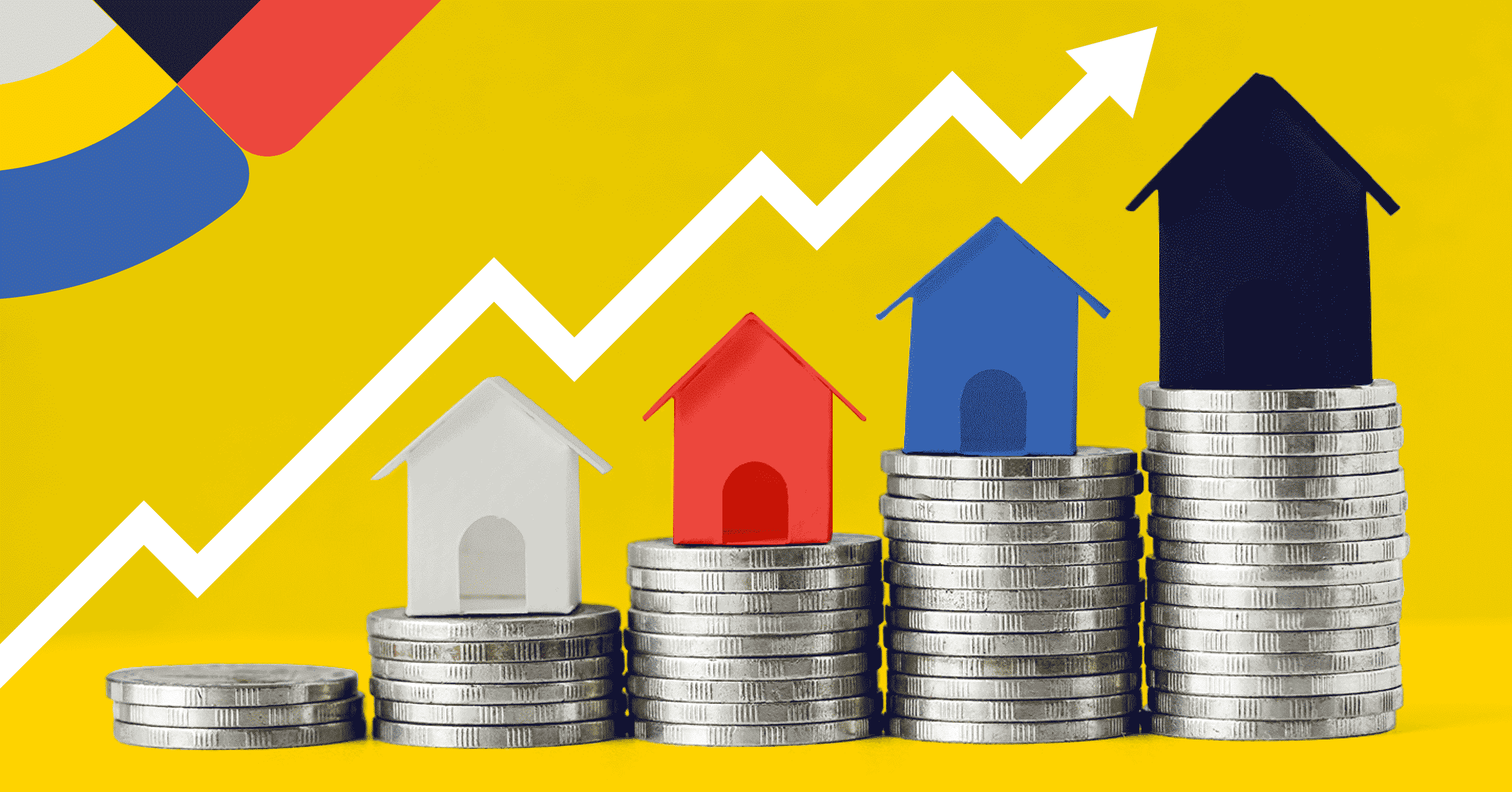Using a Refinance Calculator to Lower Your Mortgage Payment in Canada

Table of contents
For most Canadians, a mortgage is the largest financial obligation they will ever take on. That’s why it’s important to make sure you’re getting the best deal possible. One way to do that is to refinance your mortgage. But how do you know if it’s the right decision for you? We’ll discover that using a refinance calculator to lower your mortgage payment can have a significant effect on your monthly mortgage payments.
Key Highlights
- Using a refinance calculator is an excellent tool to determine how much lower your mortgage payment will be should you decide to refinance.
- Refinancing your mortgage can be a good way to save on your monthly mortgage payment, especially when interest rates are low and when you have a good credit score.
- Refinancing can come with some significant extra costs so make sure to speak with a mortgage broker before making the leap.
Are you a first-time buyer?
Can Refinancing Lower Your Mortgage Payment?
Yes, refinancing your mortgage can lower your monthly mortgage payment. When you refinance, you’re essentially taking out a new loan to pay off your old one. This new loan will have a different interest rate and repayment terms. If you can get a lower interest rate on your new loan, you will likely be able to lower your monthly mortgage payment.
It’s important to note that there are costs associated with refinancing, such as closing costs and fees, which can add up and offset the savings from a lower monthly payment. That’s why it’s crucial to use a refinance calculator to determine if refinancing is the right decision for you.
Getting a Better Refinance Rate to Lower Your Mortgage Payment
To get a better refinance rate, you’ll need to have a good credit score, a low debt-to-income ratio, and a steady income. Lenders use your credit score to determine your creditworthiness, which impacts the interest rate you’ll get on your new loan.
The higher your credit score, the better your chances of getting a lower interest rate. Additionally, lenders also consider your debt-to-income ratio, which is the amount of debt you have compared to your income. If your debt-to-income ratio is low, it shows that you’re financially responsible and can manage your debt, which can also help you get a better refinance rate. Plus, if your credit score has improved since you first got your mortgage, you may be able to get a better interest rate on your new loan. It’s also a good idea to shop around and compare rates from different lenders.
Find a better rate, and we’ll match it, beat it, or give you $500*.
*Conditions Apply
With nesto, it’s stress-free
Finding Your Breakeven Point
Before you refinance, it’s important to calculate your breakeven point. This is the point at which the cost of refinancing is equal to the savings you’ll get from a lower monthly payment.
To calculate your breakeven point, you’ll need to know the total cost of refinancing, including any fees and closing costs. You’ll then divide that number by the amount you’ll save each month on your mortgage payment. This will give you the number of months it will take to recoup your costs.
For instance, if you have $5,000 in closing costs and divide that by $200 in monthly payment savings, that would equal 25 months to break even.
Extending Your Amortization to Lower Your Mortgage Payment
Extending your amortization period can be an effective strategy to lower your monthly mortgage payment. Most people tend to extend a mortgage’s amortization period when they experience financial hardship or when the markets take a dip. The amortization period is the amount of time it takes to pay off your mortgage, and it’s typically set when you first obtain your mortgage. Most standard amortization periods in Canada are 25 years, but they can range from 10 to 35 years depending on the lender and the type of mortgage.
When you extend your amortization period, you’re essentially stretching out the time it takes to pay off your mortgage. This means your monthly payments will be lower, but you’ll end up paying more interest over the life of your loan.
If you’re considering extending your amortization period, it’s important to weigh the pros and cons carefully. While a lower monthly payment can be helpful in the short term, it can cost you more in the long run. Additionally, extending your amortization period can make it more difficult to build equity in your home, which can limit your ability to use your home as collateral for other loans or lines of credit.
When is the Perfect Time to Refinance Your Mortgage?
The perfect time to refinance your mortgage is when interest rates are low and your credit score is high. Interest rates fluctuate over time, and when they’re low, it can be a good time to refinance and get a lower interest rate on your new loan. Additionally, if your credit score has improved since you first got your mortgage, you may be eligible for a better interest rate on your new loan. It’s also a good idea to refinance if you want to change the terms of your loan, such as the length of your amortization period or the type of interest rate you have.
If, for example, interest rates have dropped since you first obtained your mortgage, refinancing can help you secure a lower interest rate, resulting in lower monthly payments and potentially saving you money over the life of your loan. However, it’s important to consider the cost of refinancing, including any prepayment penalties, closing costs, and other fees.
Another factor to consider is your breakeven point. The breakeven point is the point at which the cost of refinancing is equal to the savings you’ll realize from a lower interest rate. For example, if you’ll save $200 a month on your mortgage payments by refinancing, but the cost of refinancing is $4,000, your breakeven point is 20 months ($4,000 divided by $200).
If you plan to stay in your home for longer than your breakeven point, refinancing can be a good option. However, if you plan to move or pay off your mortgage before your breakeven point, refinancing may not be worth the cost.
When interest rates drop, it’s a common misconception that you should immediately refinance your mortgage. While lower interest rates can be a good reason to consider refinancing, it’s important to evaluate your overall financial situation to determine whether it makes sense for you.
FAQ
Is it worth it to refinance for a 1% lower rate
In general, a 1% lower interest rate can result in significant savings over the life of your loan, especially if you have a large mortgage balance or a long amortization period. It’s important to consider the costs of refinancing when evaluating whether it’s worth it to refinance for a 1% lower rate. Refinancing can come with prepayment penalties, closing costs, and other fees that can add up quickly.
How much does your payment go down when you refinance?
How much your payment goes down when you refinance depends on several factors, including the amount of your mortgage, your current interest rate, the length of your remaining mortgage term, and the interest rate and terms of your new mortgage.
For example, if you have a $300,000 mortgage at a 4% interest rate with a 25-year amortization period, your monthly payment would be $1,581. If you were able to refinance to a 3% interest rate, your monthly payment would decrease to $1,410, saving you $171 per month.
At what point is it not worth it to refinance?
It may not be worth it to refinance when the costs of refinancing outweigh the potential savings from a lower interest rate. Generally, you should consider refinancing if you can save at least 0.5% to 1% on your current interest rate, although the specific breakeven point will vary depending on your individual circumstances.
Final Thoughts – Using nesto’s Refinance Calculator to Lower Your Mortgage Payment
Nesto’s Mortgage Refinance Calculator is a quick and efficient way to calculate how much lower your mortgage payment can be should you decide to refinance.
Simply enough, all you need to do is enter your information into nesto’s Mortgage Refinance Calculator to find out how much you can save by refinancing your mortgage. If refinancing seems like a good option, contact one of nesto’s mortgage experts. They will help you find the best mortgage solution with the lowest interest rate for your needs.
Our calculator will show you how much you can save on your monthly mortgage payment by refinancing at a lower interest rate and/or extending the amortization period. The calculator also takes into account the costs associated with refinancing, such as closing costs, to give you a more accurate picture of how much you can save.
Overall, nesto’s Refinance Calculator is a useful starting point in determining whether refinancing can help lower your monthly mortgage payment.
Ready to get started?
In just a few clicks, you can see our current rates. Then apply for your mortgage online in minutes!
















